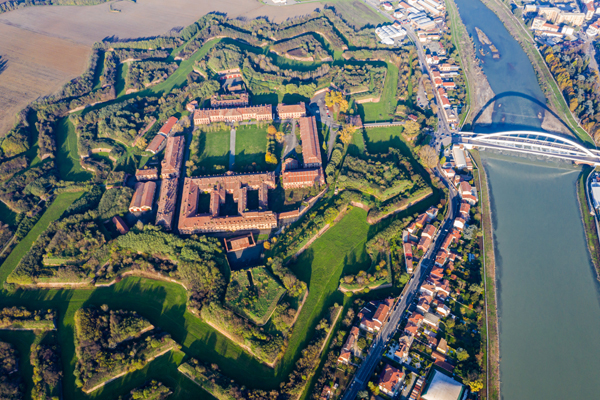
Piedmont, a region in northwest Italy, is known for its rich history, stunning landscapes, and vibrant cities like Turin, its capital. Public transportation in Piedmont is quite comprehensive, offering a variety of options for residents and visitors alike. The region boasts an extensive network of buses, trams, and trains that connect not only the urban centers but also the smaller towns and picturesque villages. The primary public transportation services in Piedmont include GTT (Gruppo Torinese Trasporti) which operates in Turin, the regional train services by Trenitalia, and the intercity bus services. For an expat living in Piedmont, especially in cities like Turin, it is entirely feasible to live comfortably without a car. The public transportation system is efficient, cost-effective, and generally safe, making it a viable option for daily commutes, leisurely travel, and everything in between.
Trams and Buses
In the heart of Piedmont, the city of Turin offers a well-developed tram and bus network managed by GTT. The trams are a reliable and scenic way to navigate the city, with lines crisscrossing Turin’s main attractions and residential areas. Buses complement the tram lines, reaching areas that are not serviced by trams. Both modes of transportation are generally safe, even at night, and are equipped with modern conveniences like electronic ticketing and real-time tracking. Prices are reasonable, with various ticket options available, including single rides, daily, and monthly passes. For expats and students, there are discounts and subscriptions that make commuting even more affordable. Anecdotes from locals suggest that the tram line 7, which passes through the bustling market of Porta Palazzo, offers a glimpse into the everyday life of Turin’s diverse population.
Trains
The train system in Piedmont, primarily operated by Trenitalia, is an efficient way to travel both within the region and to other parts of Italy. The regional trains connect Turin to other major cities in Piedmont, such as Asti and Alessandria, as well as to smaller towns. The service is punctual and offers a comfortable ride with beautiful views of the Piedmontese countryside. For longer distances, the high-speed Frecciarossa and Italo trains can take passengers to Milan, Rome, and other major cities in a fraction of the time it would take to drive. Safety is a priority, with well-lit stations and security personnel often present. Costs vary depending on the distance and type of train, but there are discounts for early bookings and special offers for frequent travelers. A memorable journey for many is the train ride from Turin to the wine region of Langhe, renowned for its rolling hills and exquisite gastronomy.
Intercity Buses
For destinations that are not easily accessible by train, the intercity bus system in Piedmont is a viable alternative. Companies like FlixBus and Sadem offer routes that connect Turin to airports, neighboring regions, and even international destinations. These buses are modern, comfortable, and equipped with amenities like Wi-Fi and air conditioning. Safety is comparable to other forms of public transportation, with professional drivers and well-maintained vehicles. Prices are competitive, especially when booked in advance, making buses a popular choice for budget-conscious travelers. One popular route is the bus from Turin to the mountainous areas of the Alps, perfect for those looking to enjoy winter sports or summer hiking.
Bike Sharing and Walking
For shorter distances or the last mile of a journey, bike sharing and walking are excellent options in Piedmont’s cities. Turin, in particular, has invested in bike lanes and a bike-sharing program called [TO]Bike, which allows residents and tourists to pick up and drop off bicycles at various stations throughout the city. The cost is minimal, and the convenience of hopping on and off a bike complements the public transportation system well. Walking in Piedmont’s cities is not only safe but also a pleasure, with pedestrian zones, historic piazzas, and beautiful architecture inviting a leisurely pace. Many expats find that combining public transportation with biking and walking provides a full and rich experience of city life in Piedmont.
In conclusion, Piedmont’s public transportation system is robust and capable of catering to the needs of its residents, including expats. With a combination of trams, buses, trains, and alternative modes like biking, one can easily navigate the region without the need for a personal vehicle. The system’s safety, affordability, and coverage make it an attractive option for daily commutes and exploring the rich cultural tapestry of this Italian region.

